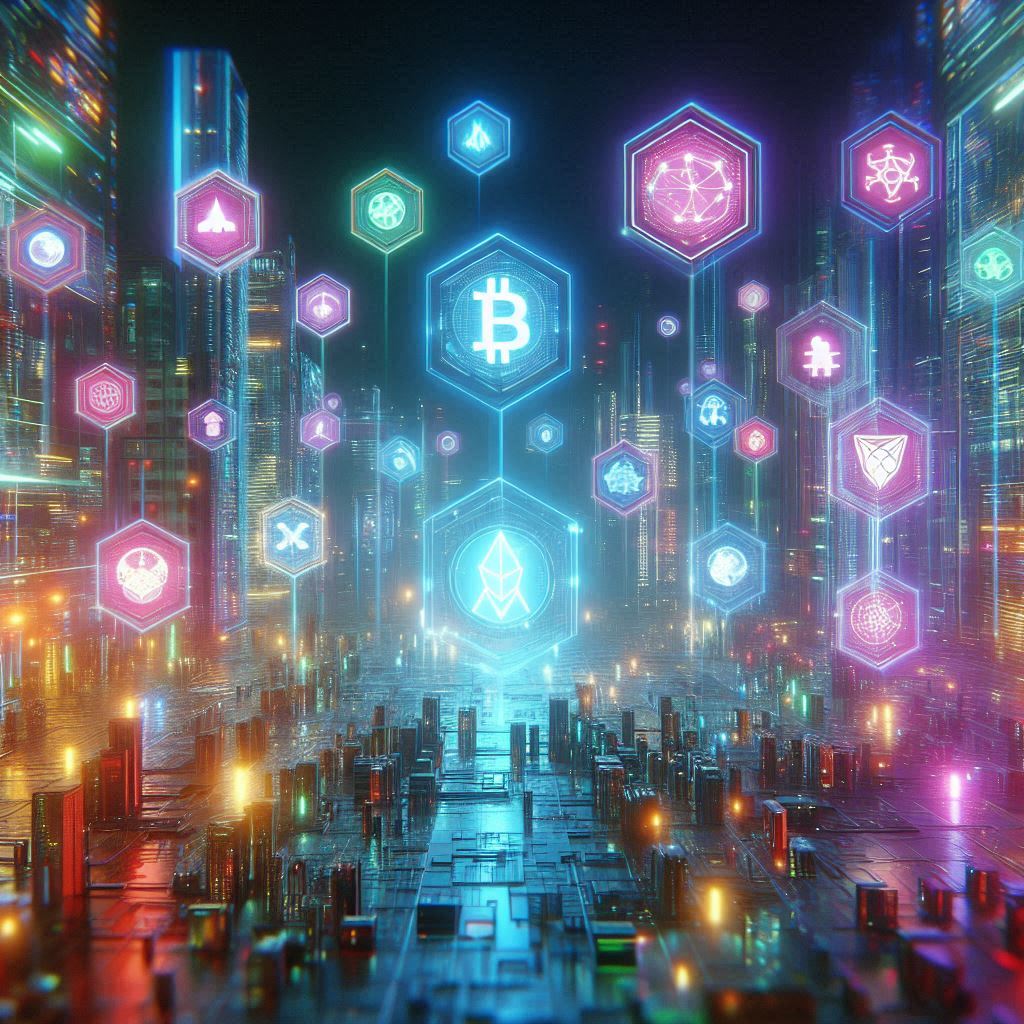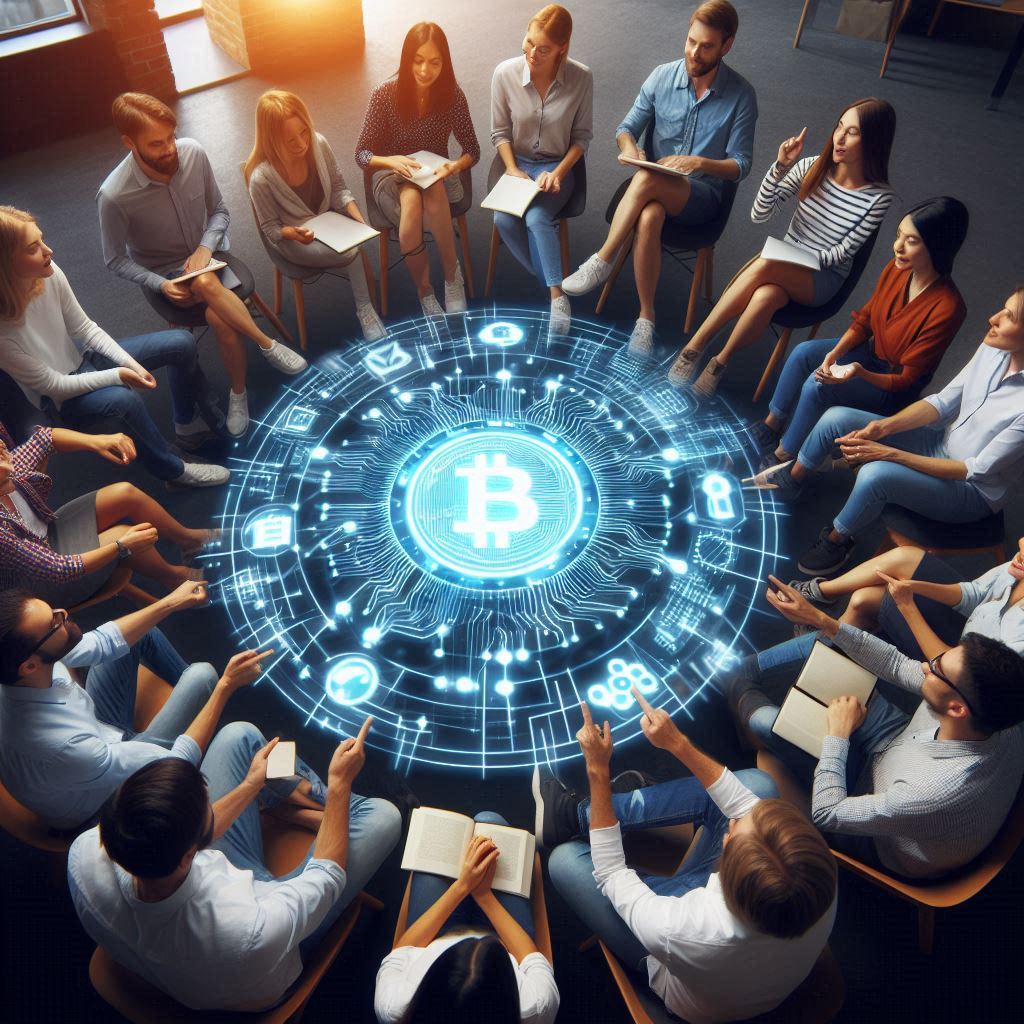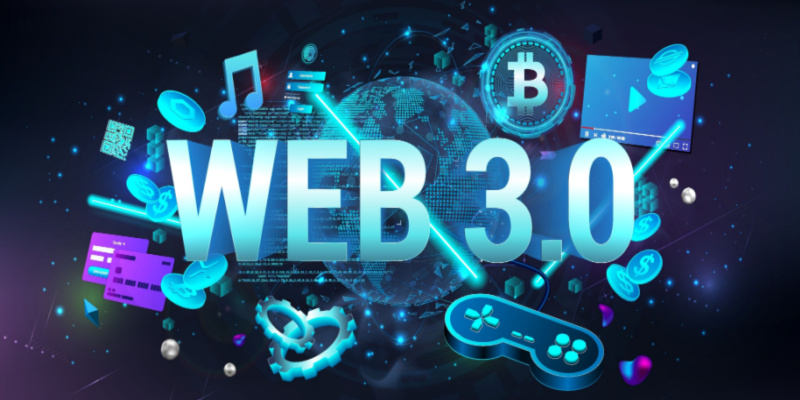Understanding NFTs: The Digital Tokens Transforming Art, Gaming, and Beyond
NFTs For Everyone – In the fast-paced world of technology, a new phenomenon has captured the attention of artists, gamers, and collectors alike: Non-Fungible Tokens (NFTs). While the concept might seem complex at first, NFTs represent a fascinating innovation that is reshaping how we view ownership and value in the digital realm. This article will demystify the NFT, explaining what they are, how they work, and why they have become a significant trend in the digital world.
What Are NFTs?
At its core, an NFT is a type of digital asset that represents ownership or proof of authenticity of a unique item or piece of content, usually stored on a blockchain. Unlike cryptocurrencies like Bitcoin or Ethereum, which are “fungible” (meaning one Bitcoin is the same as another Bitcoin), an NFT is “non-fungible.” This means each NFT is distinct and cannot be replaced or exchanged on a one-to-one basis with another NFT.
Think of an NFT as digital certificates of ownership for digital or physical items. These items could be anything from digital art, music, and videos to virtual real estate, in-game assets, and even tweets. The uniqueness of an NFT lies in their ability to prove authenticity and ownership of a digital asset in a way that was previously impossible in the digital world.
How Do NFTs Work?
An NFT is created using blockchain technology, the same underlying technology that powers cryptocurrencies. Most NFTs are built on the Ethereum blockchain, which supports the ERC-721 and ERC-1155 token standards specifically designed for NFTs. Here’s a simplified breakdown of how NFTs work:
- Minting:
The process of creating an NFT is known as “minting.” When an artist, creator, or developer mints an NFT, they are encoding specific information about the digital asset onto the blockchain. This information includes details such as the creator’s identity, the asset’s unique characteristics, and a link to the digital file itself. - Ownership and Transfer:
Once an NFT is minted, it is assigned to a unique address on the blockchain, typically corresponding to the wallet of the person who created or purchased it. The blockchain records every transaction involving the NFT, ensuring a transparent and immutable history of ownership. When someone buys or sells an NFT, the ownership is transferred to the new owner, with the blockchain recording the transaction. - Smart Contracts:
NFTs often utilize smart contracts—self-executing contracts with the terms of the agreement directly written into code. Smart contracts can enforce rules, such as royalty payments to the original creator every time the NFT is resold, ensuring creators continue to benefit from their work.
Real-Life Examples of NFTs
NFTs have found applications in a wide range of industries, each demonstrating the potential to revolutionize traditional models of ownership and value. Here are some notable examples:
- Digital Art:
Perhaps the most well-known application of the NFT is in the digital art world. Artists like Beeple have sold digital artworks as NFTs for millions of dollars. Beeple’s “Everydays: The First 5000 Days,” a digital collage, was auctioned at Christie’s for a staggering $69.3 million, making it one of the most expensive artworks ever sold by a living artist . - Gaming:
In the gaming industry, NFTs are being used to represent ownership of in-game assets, such as characters, weapons, or virtual land. Games like “Decentraland” and “The Sandbox” allow players to buy, sell, and trade virtual real estate using NFTs, blurring the lines between gaming and investing . - Music and Entertainment:
Musicians and entertainers are also leveraging NFTs to create unique fan experiences. For instance, musician Kings of Leon released their album “When You See Yourself” as an NFT, offering exclusive digital content and concert tickets to buyers. This approach gives fans a new way to engage with their favorite artists while providing creators with direct revenue streams . - Collectibles:
The concept of digital collectibles has been taken to new heights with the NFT. Platforms like NBA Top Shot allow users to buy, sell, and trade officially licensed NBA collectible highlights as NFTs. Some of these digital moments have sold for hundreds of thousands of dollars, showcasing the growing demand for unique digital collectibles .
Implications of NFTs on Various Industries
The rise of NFTs is already having a profound impact across several industries, and their potential implications are far-reaching:
- Art and Creative Industries:
NFTs empower artists by providing a way to monetize digital art, which was previously difficult to sell due to the ease of duplication. Additionally, smart contracts ensure that artists receive royalties from secondary sales, creating a sustainable revenue model. - Gaming and Virtual Worlds:
In the gaming industry, NFTs are redefining the concept of ownership. Players can truly own their in-game assets and even profit from them, creating a new economy within virtual worlds. This trend is likely to accelerate the development of metaverses, where digital and physical realities converge. - Music and Entertainment:
NFTs offer musicians and creators a new way to connect with their audiences and generate income. By selling exclusive content as an NFT, artists can bypass traditional intermediaries, such as record labels, and retain more control over their work. - Real Estate and Finance:
The use of the NFT in real estate is still in its early stages, but the concept of tokenizing real-world assets is gaining traction. NFTs could enable fractional ownership of properties, making real estate investment more accessible to a broader audience.
Challenges and Considerations
While NFTs present exciting opportunities, they also come with challenges:
- Environmental Concerns:
The energy consumption of blockchain networks, particularly Ethereum, has raised environmental concerns. The process of minting and transferring an NFT can be energy-intensive, leading to a significant carbon footprint. - Legal and Regulatory Issues:
The legal framework surrounding NFTs is still evolving. Questions about copyright, intellectual property, and taxation are yet to be fully addressed, creating uncertainty for creators and buyers. - Market Volatility:
The NFT market is highly speculative and can be volatile. Prices of an individual NFT can skyrocket or plummet, and the long-term value of digital assets remains uncertain and unpredictable.
NFTs the Future and Beyond
NFTs are more than just a digital trend; they represent a fundamental shift in how we think about ownership, creativity, and value in the digital age. By understanding the mechanics of an NFT and their potential applications, we can appreciate the transformative impact they may have on various industries. However, as with any emerging technology, it is essential to approach NFTs with a balanced perspective, considering both their possibilities and challenges.
As the world of NFTs continues to evolve, staying informed and engaged with this dynamic space will be crucial for anyone interested in the future of digital innovation.
References
- Christie’s. (2021). Beeple’s Digital Art, “Everydays: The First 5000 Days,” Sells for $69.3 Million at Christie’s. Retrieved from https://www.christies.com/features/Monumental-collage-by-Beeple-is-first-purely-digital-artwork-NFT-to-come-to-auction-11510-7.aspx
- Decentraland. (2021). Decentraland: Create, Explore, and Trade in the First-Ever Virtual World Owned by its Users. Retrieved from https://decentraland.org/
- Rolling Stone. (2021). Kings of Leon Will Be the First Band to Release an Album as an NFT. Retrieved from https://www.rollingstone.com/pro/news/kings-of-leon-when-you-see-yourself-album-nft-1135192/
- NBA Top Shot. (2021). The Official NBA Top Shot Website. Retrieved from https://www.nbatopshot.com/



